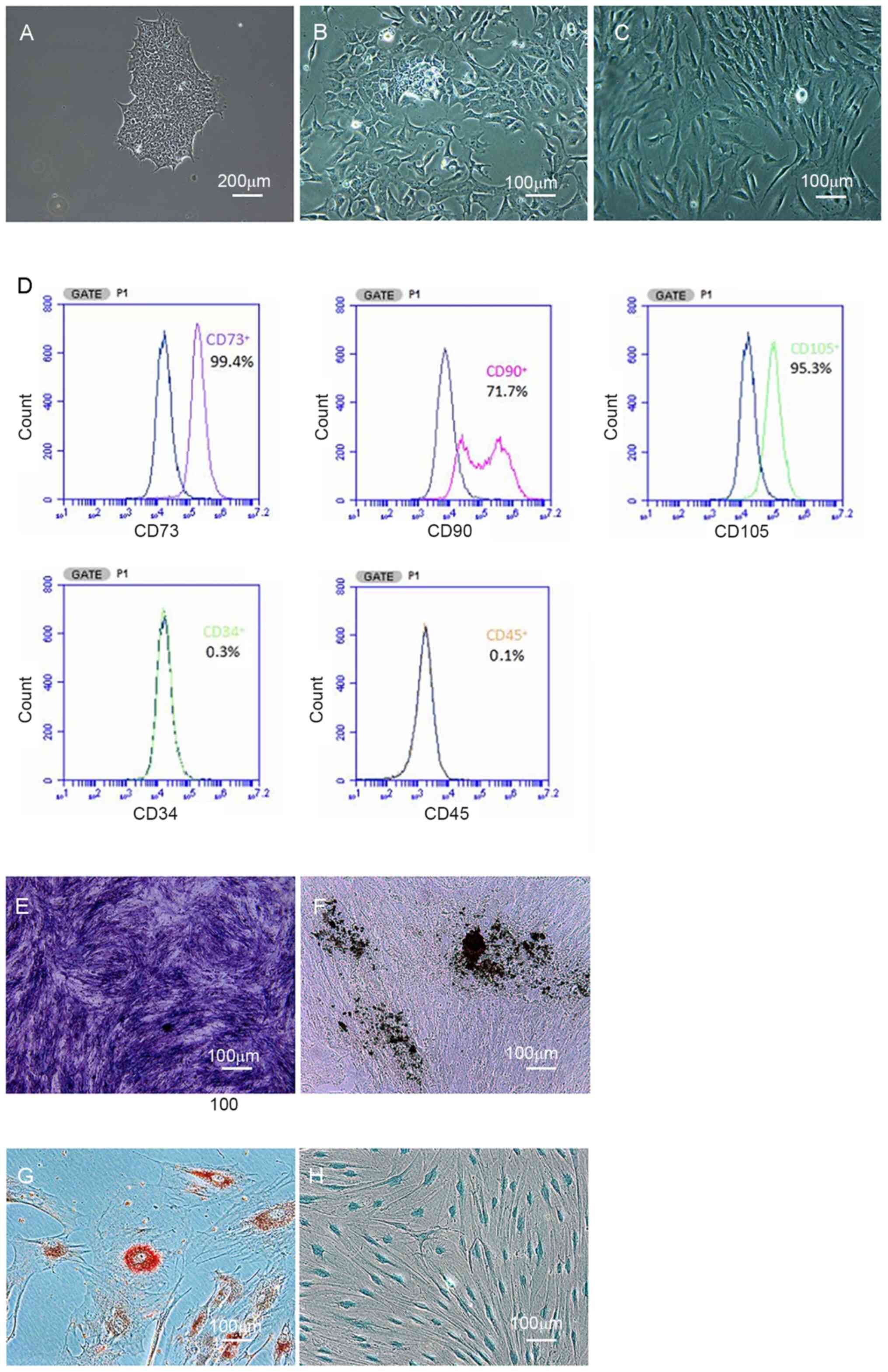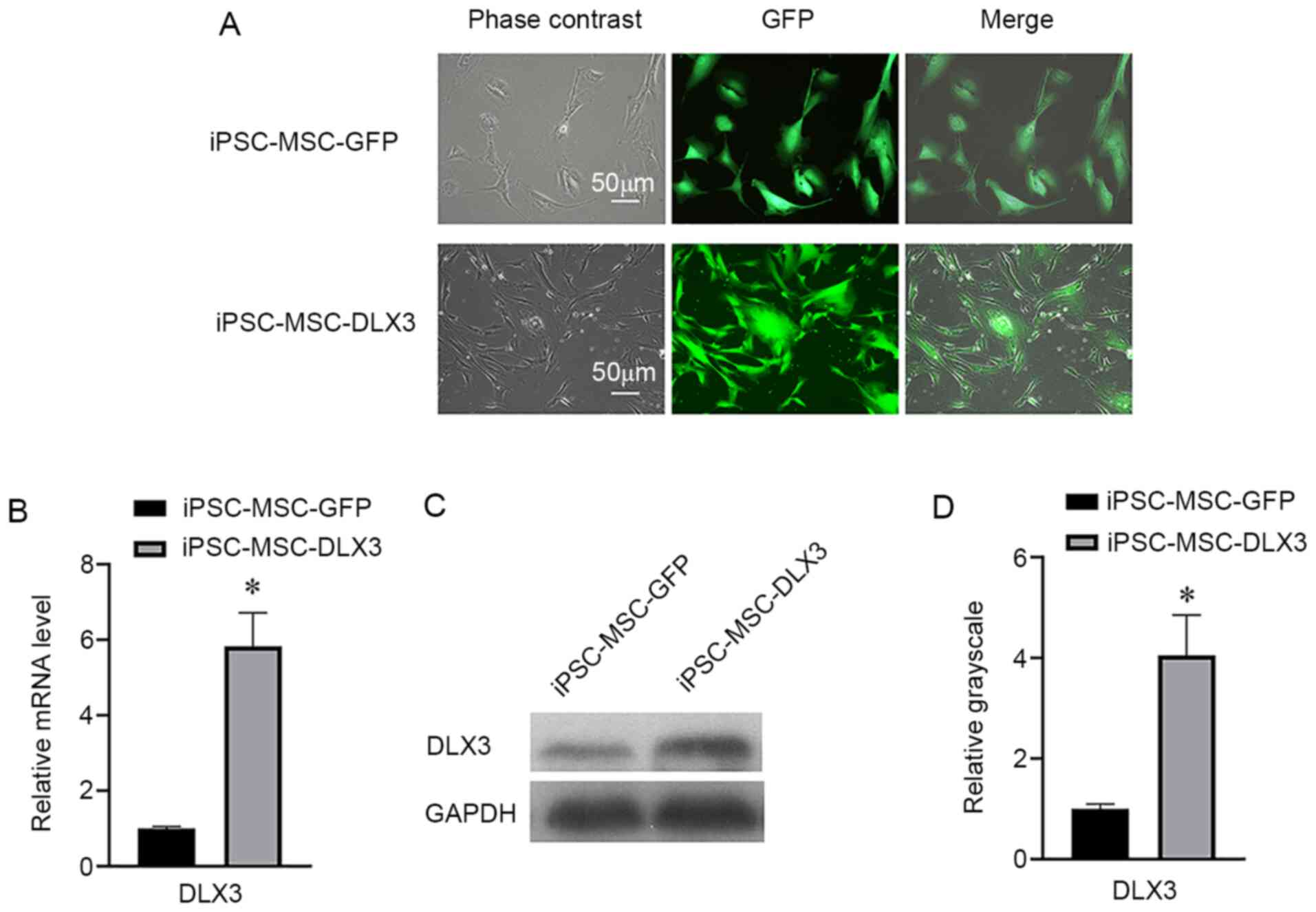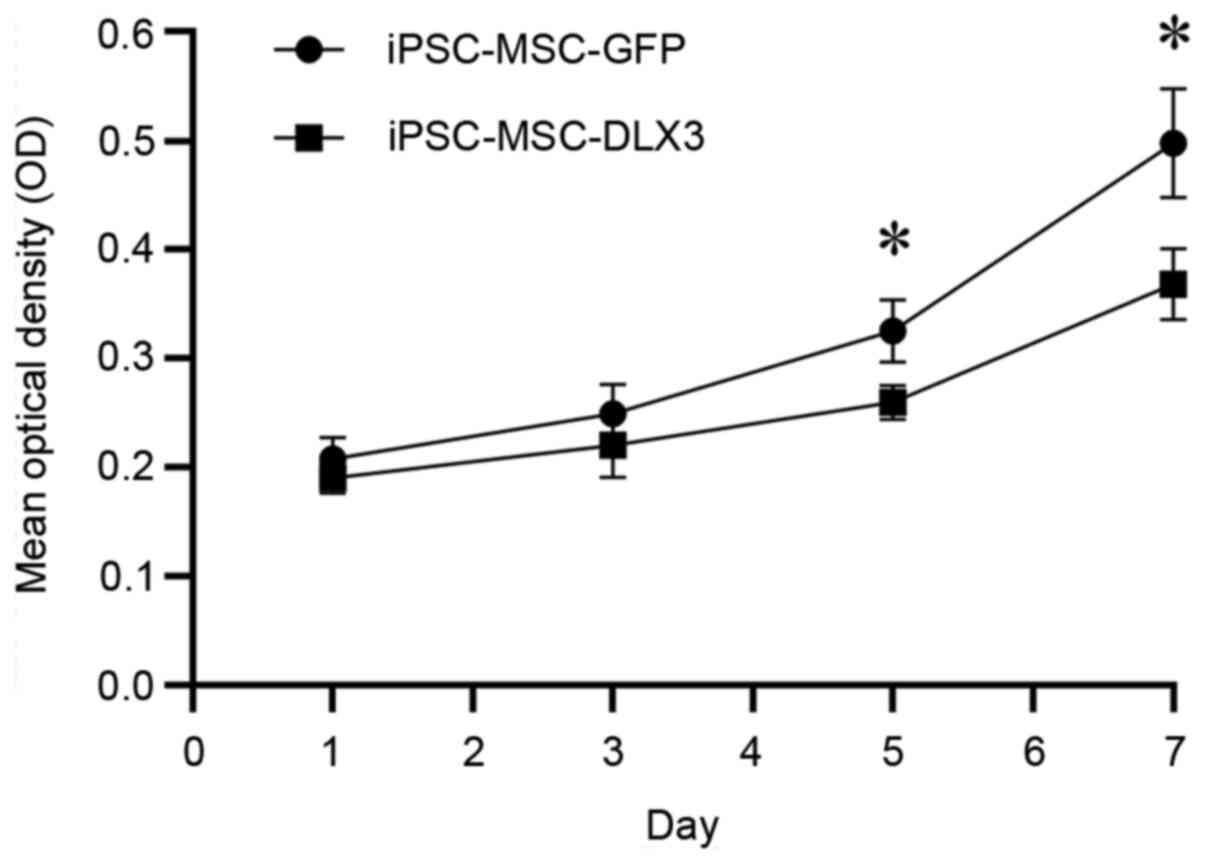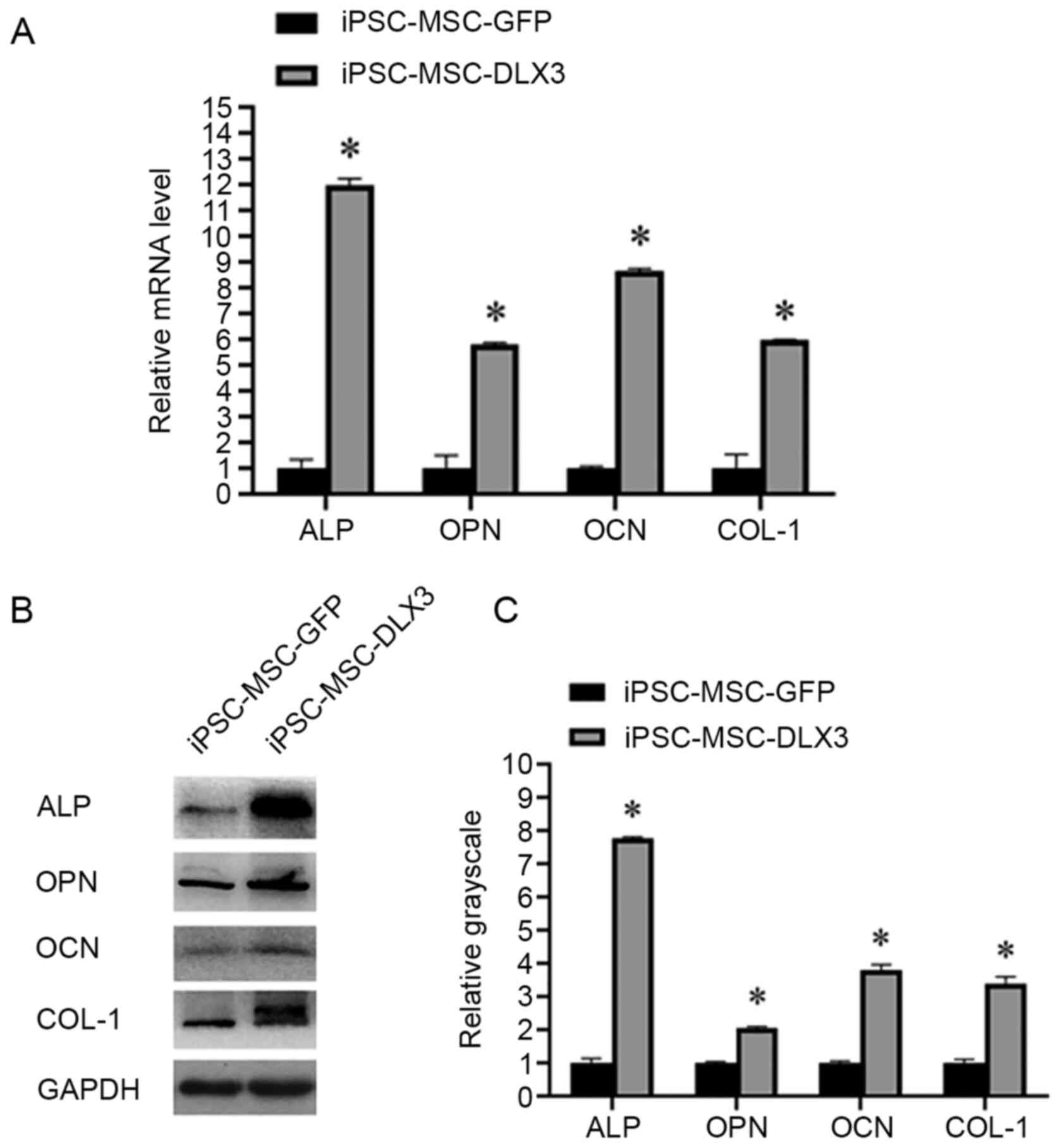|
1
|
Feng X and McDonald JM: Disorders of bone
remodeling. Annu Rev Pathol. 6:121–145. 2011. View Article : Google Scholar : PubMed/NCBI
|
|
2
|
Raisz LG: Pathogenesis of osteoporosis:
Concepts, conflicts, and prospects. J Clin Invest. 115:3318–3325.
2005. View
Article : Google Scholar : PubMed/NCBI
|
|
3
|
Cummings SR and Melton LJ: Epidemiology
and outcomes of osteoporotic fractures. Lancet. 359:1761–1767.
2002. View Article : Google Scholar : PubMed/NCBI
|
|
4
|
Genant HK, Cooper C, Poor G, Reid I,
Ehrlich G, Kanis J, Nordin BE, Barrett-Connor E, Black D, Bonjour
JP, et al: Interim report and recommendations of the World Health
Organization Task-Force for Osteoporosis. Osteoporos Int.
10:259–264. 1999. View Article : Google Scholar : PubMed/NCBI
|
|
5
|
Aspray TJ and Hill TR: Osteoporosis and
the Ageing Skeleton. Subcell Biochem. 91:453–476. 2019. View Article : Google Scholar : PubMed/NCBI
|
|
6
|
Hassan MQ, Javed A, Morasso MI, Karlin J,
Montecino M, van Wijnen AJ, Stein GS, Stein JL and Lian JB: Dlx3
transcriptional regulation of osteoblast differentiation: Temporal
recruitment of Msx2, Dlx3, and Dlx5 homeodomain proteins to
chromatin of the osteocalcin gene. Mol Cell Biol. 24:9248–9261.
2004. View Article : Google Scholar : PubMed/NCBI
|
|
7
|
Zhao N, Zeng L, Liu Y, Han D, Liu H, Xu J,
Jiang Y, Li C, Cai T, Feng H, et al: DLX3 promotes bone marrow
mesenchymal stem cell proliferation through H19/miR-675 axis. Clin
Sci (Lond). 131:2721–2735. 2017. View Article : Google Scholar : PubMed/NCBI
|
|
8
|
Li Y, Han D, Zhang H, Liu H, Wong S, Zhao
N, Qiu L and Feng H: Morphological analyses and a novel de novo
DLX3 mutation associated with tricho-dento-osseous syndrome in a
Chinese family. Eur J Oral Sci. 123:228–234. 2015. View Article : Google Scholar : PubMed/NCBI
|
|
9
|
Choi SJ, Song IS, Ryu OH, Choi SW, Hart
PS, Wu WW, Shen RF and Hart TC: A 4 bp deletion mutation in DLX3
enhances osteoblastic differentiation and bone formation in vitro.
Bone. 42:162–171. 2008. View Article : Google Scholar : PubMed/NCBI
|
|
10
|
Lin H, Sohn J, Shen H, Langhans MT and
Tuan RS: Bone marrow mesenchymal stem cells: Aging and tissue
engineering applications to enhance bone healing. Biomaterials.
203:96–110. 2019. View Article : Google Scholar : PubMed/NCBI
|
|
11
|
Sabapathy V and Kumar S: hiPSC-derived
iMSCs: NextGen MSCs as an advanced therapeutically active cell
resource for regenerative medicine. J Cell Mol Med. 20:1571–1588.
2016. View Article : Google Scholar : PubMed/NCBI
|
|
12
|
Kang R, Zhou Y, Tan S, Zhou G, Aagaard L,
Xie L, Bünger C, Bolund L and Luo Y: Mesenchymal stem cells derived
from human induced pluripotent stem cells retain adequate
osteogenicity and chondrogenicity but less adipogenicity. Stem Cell
Res Ther. 6:1442015. View Article : Google Scholar : PubMed/NCBI
|
|
13
|
Xie J, Peng C, Zhao Q, Wang X, Yuan H,
Yang L, Li K, Lou X and Zhang Y: Osteogenic differentiation and
bone regeneration of iPSC-MSCs supported by a biomimetic
nanofibrous scaffold. Acta Biomater. 29:365–379. 2016. View Article : Google Scholar : PubMed/NCBI
|
|
14
|
Jungbluth P, Spitzhorn LS, Grassmann J,
Tanner S, Latz D, Rahman MS, Bohndorf M, Wruck W, Sager M, Grotheer
V, et al: Human iPSC-derived iMSCs improve bone regeneration in
mini-pigs. Bone Res. 7:322019. View Article : Google Scholar : PubMed/NCBI
|
|
15
|
Villa-Diaz LG, Brown SE, Liu Y, Ross AM,
Lahann J, Parent JM and Krebsbach PH: Derivation of mesenchymal
stem cells from human induced pluripotent stem cells cultured on
synthetic substrates. Stem Cells. 30:1174–1181. 2012. View Article : Google Scholar : PubMed/NCBI
|
|
16
|
Liu Y, Goldberg AJ, Dennis JE, Gronowicz
GA and Kuhn LT: One-step derivation of mesenchymal stem cell
(MSC)-like cells from human pluripotent stem cells on a fibrillar
collagen coating. PLoS One. 7:e332252012. View Article : Google Scholar : PubMed/NCBI
|
|
17
|
TheinHan WW, Liu J, Tang M, Chen W, Cheng
L and Xu HH: Induced pluripotent stem cell-derived mesenchymal stem
cell seeding on biofunctionalized calcium phosphate cements. Bone
Res. 1:371–384. 2013. View Article : Google Scholar
|
|
18
|
Chen YS, Pelekanos RA, Ellis RL, Horne R,
Wolvetang EJ and Fisk NM: Small molecule mesengenic induction of
human induced pluripotent stem cells to generate mesenchymal
stem/stromal cells. Stem Cells Transl Med. 1:83–95. 2012.
View Article : Google Scholar : PubMed/NCBI
|
|
19
|
Meng X, Su RJ, Baylink DJ, Neises A,
Kiroyan JB, Lee WY, Payne KJ, Gridley DS, Wang J, Lau KH, et al:
Rapid and efficient reprogramming of human fetal and adult blood
CD34+ cells into mesenchymal stem cells with a single
factor. Cell Res. 23:658–672. 2013. View Article : Google Scholar : PubMed/NCBI
|
|
20
|
Sun S, Yu M, Fan Z, Yeh IT, Feng H, Liu H
and Han D: DLX3 regulates osteogenic differentiation of bone marrow
mesenchymal stem cells via Wnt/β-catenin pathway mediated histone
methylation of DKK4. Biochem Biophys Res Commun. 516:171–176. 2019.
View Article : Google Scholar : PubMed/NCBI
|
|
21
|
Li X, Yang G and Fan M: Effects of
homeobox gene distal-less 3 on proliferation and odontoblastic
differentiation of human dental pulp cells. J Endod. 38:1504–1510.
2012. View Article : Google Scholar : PubMed/NCBI
|
|
22
|
Spandidos A, Wang X, Wang H and Seed B:
PrimerBank: A resource of human and mouse PCR primer pairs for gene
expression detection and quantification. Nucleic Acids Res. 38
(Suppl 1):D792–D799. 2010. View Article : Google Scholar : PubMed/NCBI
|
|
23
|
Zhang W, Zhang X, Li J, Zheng J, Hu X, Xu
M, Mao X and Ling J: Foxc2 and BMP2 induce osteogenic/odontogenic
differentiation and mineralization of human stem cells from Apical
Papilla. Stem Cells Int. 2018:23639172018. View Article : Google Scholar : PubMed/NCBI
|
|
24
|
Livak KJ and Schmittgen TD: Analysis of
relative gene expression data using real-time quantitative PCR and
the 2(-Delta Delta C(T)) method. Methods. 25:402–408. 2001.
View Article : Google Scholar : PubMed/NCBI
|
|
25
|
Zou L, Luo Y, Chen M, Wang G, Ding M,
Petersen CC, Kang R, Dagnaes-Hansen F, Zeng Y, Lv N, et al: A
simple method for deriving functional MSCs and applied for
osteogenesis in 3D scaffolds. Sci Rep. 3:22432013. View Article : Google Scholar : PubMed/NCBI
|
|
26
|
Xu M, Shaw G, Murphy M and Barry F:
Induced pluripotent stem cell-derived mesenchymal stromal cells are
functionally and genetically different from bone marrow-derived
mesenchymal stromal cells. Stem Cells. 37:754–765. 2019. View Article : Google Scholar : PubMed/NCBI
|
|
27
|
Zhan Y, Li X, Gou X, Yuan G, Fan M and
Yang G: Dlx3 inhibits the proliferation of human dental pulp cells
through inactivation of canonical wnt/beta-catenin signaling
pathway. Front Physiol. 9:16372018. View Article : Google Scholar : PubMed/NCBI
|
|
28
|
Beanan MJ and Sargent TD: Regulation and
function of Dlx3 in vertebrate development. Dev Dyn. 218:545–553.
2000. View Article : Google Scholar : PubMed/NCBI
|
|
29
|
Ghoul-Mazgar S, Hotton D, Lézot F,
Blin-Wakkach C, Asselin A, Sautier JM and Berdal A: Expression
pattern of Dlx3 during cell differentiation in mineralized tissues.
Bone. 37:799–809. 2005. View Article : Google Scholar : PubMed/NCBI
|
|
30
|
Lee SH, Oh KN, Han Y, Choi YH and Lee KY:
Estrogen Receptor α Regulates Dlx3-Mediated Osteoblast
Differentiation. Mol Cells. 39:156–162. 2016. View Article : Google Scholar : PubMed/NCBI
|
|
31
|
Li H, Marijanovic I, Kronenberg MS, Erceg
I, Stover ML, Velonis D, Mina M, Heinrich JG, Harris SE, Upholt WB,
et al: Expression and function of Dlx genes in the osteoblast
lineage. Dev Biol. 316:458–470. 2008. View Article : Google Scholar : PubMed/NCBI
|
|
32
|
Duverger O, Isaac J, Zah A, Hwang J,
Berdal A, Lian JB and Morasso MI: In vivo impact of Dlx3
conditional inactivation in neural crest-derived craniofacial
bones. J Cell Physiol. 228:654–664. 2013. View Article : Google Scholar : PubMed/NCBI
|
|
33
|
Isaac J, Erthal J, Gordon J, Duverger O,
Sun HW, Lichtler AC, Stein GS, Lian JB and Morasso MI: DLX3
regulates bone mass by targeting genes supporting osteoblast
differentiation and mineral homeostasis in vivo. Cell Death Differ.
21:1365–1376. 2014. View Article : Google Scholar : PubMed/NCBI
|
|
34
|
Sözen T, Özışık L and Başaran NC: An
overview and management of osteoporosis. Eur J Rheumatol. 4:46–56.
2017. View Article : Google Scholar : PubMed/NCBI
|
|
35
|
Zou Z, Liu W, Cao L, Liu Y, He T, Peng S
and Shuai C: Advances in the occurrence and biotherapy of
osteoporosis. Biochem Soc Trans. 48:1623–1636. 2020. View Article : Google Scholar : PubMed/NCBI
|
|
36
|
Yin X, Zhou C, Li J, Liu R, Shi B, Yuan Q
and Zou S: Autophagy in bone homeostasis and the onset of
osteoporosis. Bone Res. 7:282019. View Article : Google Scholar : PubMed/NCBI
|
|
37
|
Li H, Jeong HM, Choi YH, Kim JH, Choi JK,
Yeo CY, Jeong HG, Jeong TC, Chun C and Lee KY: Protein kinase a
phosphorylates Dlx3 and regulates the function of Dlx3 during
osteoblast differentiation. J Cell Biochem. 115:2004–2011.
2014.PubMed/NCBI
|



















